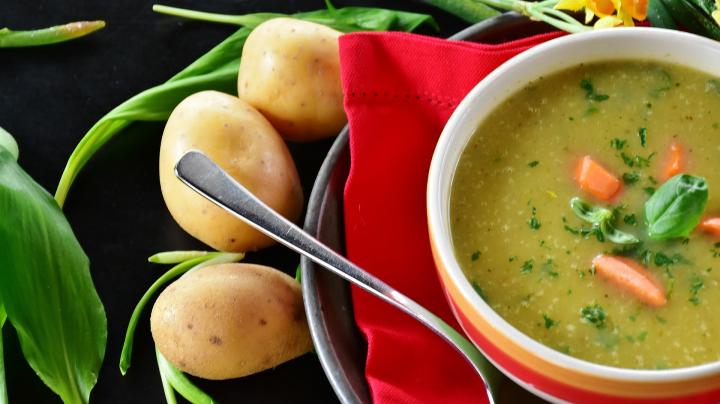As harvest time wraps up, most gardeners will “glean” the last stragglers—the tiny zucchini struggling, a malformed carrot. This act of “gleaning” is also a metaphor for life.
What is Gleaning?
“To glean” means “to gather what was left by the reapers.” Historically, the “reapers” were those who planted and harvested the main crops. The “gleaners” were those who followed behind and collected leftover crops that the reapers left behind or didn’t want. It is a practice described in the Bible that became a legally enforced entitlement of the poor.
Today, a gleaner is someone who collects excess fresh foods from a variety of sources in order to provide it to those in need. For example, a gleaner might be a food bank which gives to the poor by receiving contributions of slightly damaged cans or food boxes from grocery stores. A gleaner might also be a forager in the country or someone who “dumpster dives” in the city.
Transitioning From Reapers to Gleaners
For the gardener, we glean by collecting those tomatoes and peppers that lie among the blackened wreckage of the first killing frost. We glean those two onions whose necks didn’t seal (so they won’t keep). We gather the handful of young green beans that popped forth from a few still-green plants. What about those straggly herb plants?
Toss those gleanings into a savory broth with a handful of fresh herbs and a cup or two of lentils, and they often add up to a tasty soup or stir-fry.

A Metaphor for Life
To cite a common cliché, we live in disruptive times. The institutions we’ve been conditioned to trust and believe in seem to be crumbling, losing credibility, and changing at a such a breath-sucking pace we can’t keep up.
Bring on the gleaning skills!
The society in which I grew up taught me that a good life requires a relatively smooth linear passage from the seeds of a stable, two-parent childhood and some level of formal, institutional learning (“education,” and the more, the better) to the harvest of long-term, secure-but-challenging employment that includes health insurance and the promise of a fat retirement account. Along the way, I also learned that I’d be expected to exercise a level of consumption (of purchased goods and paid-for services) to match my knowledge, income, and social status.
But I gradually came to understand that lives that appear to follow that expected trajectory have actually been assembled from a small measure of reaping and a large, continuously growing collection of gleanings.
Most of us experience life as a dynamic, chaotic flow. Yet at any moment, some seemingly random encounter can link into our network of experiences to produce or to promise a result we could never have planned or expected.
These seemingly random moments emerge from events never intended to affect our lives and that couldn’t yield much on their own—fragments of an overheard conversation, a scene from a TV show, a classified ad, a chance meeting with someone at a checkout counter. Yet they connect to produce a nourishing, life-sustaining, psychological soup.
Gleaning Is More Than Collecting Stuff
Yes, gleaning can involve the physical side of life: collecting and treasuring stuff that others no longer want or never wanted, often creatively repurposing it to suit our own lives—the recycled and refurbished clothing, the tools and appliances, the cardboard and newspaper that mulch the vegetable patch, the works of art crafted from items salvaged from the scrap metal pile.
However, most of what builds a life isn’t physical, but psychological, internal, and invisible: ideas, hopes, feelings, thoughts, questions.
The most important rule for a gleaned life: Put yourself in the path of a wide diversity of planters/reapers who produce their crops in fertile soil. Then pay close attention to what they either fail to harvest or don’t have any use for. Reach out and grab the fragments with which you connect.
Edit Your Life (Gleaning is Not Hoarding)
The gleaned life requires disciplined editing. Don’t be afraid to reject or let stuff go. Gleaning is not about hoarding; it’s about discovering and combining aspects of experience that actually create opportunities and nourish you. Consign the rest to the compost pile or the trash bag.
And finally: Among both reapers and gleaners, the smartest intentionally select a few sorry-looking plants to leave behind, knowing the seeds they carry will sprout in spring and yield an untended harvest both planters and gleaners can reap.












